There are only a couple of weeks left before the release of Android 12, but the Google operating system, by tradition, will initially be available only for Pixel smartphones, and after a while – for other devices. It will probably take months for manufacturers to be able to implement all the innovations of Android 12 into their smartphones, but some of them will initially be missing from the release due to the Pixel exclusive. The most notable feature that will not appear in AOSP is a new skin, codenamed “monet”, which adapts the interface theme to match the color tone of the background image. However, this feature will not be exclusive for long, its source code will be opened with the release of Android 12.1.
As you know, Android 12 will introduce the most significant interface update since the release of Android 5.0 Lollipop in 2014. Apart from the new Material You design, one of the key features will be the aforementioned “monet”. According to Google, a color extraction engine using a clustering algorithm determines the dominant colors of the wallpaper. After that, a palette of 5 colors is created – 2 neutral and 3 accent, as well as 12 color options, which are used to determine the shades closest to the set wallpaper. All of these values are stored in an index that applications can call through the API. This allows them to customize their interface to match the wallpaper too.
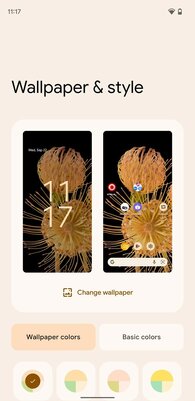

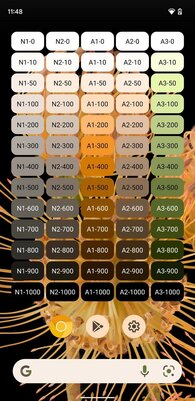
When Google first introduced the ‘monet’ feature, it was unclear if Samsung, Xiaomi, OPPO and other manufacturers would be able to access it. Kdrag0n, a developer who unlocked the feature in Android 12 beta, noted that the base color extraction model and color model are already open source, while the AOSP algorithm for post-processing is close to Google’s proprietary solution. And this is a key part of the dynamic theme creation process.
Fortunately, Google is ready to release the source code for this algorithm. The corresponding changes, according to the sources, were made in the Android 12-sv2 branch. The screenshots below were taken from a device that has an internal AOSP build of Android 12.1 installed.

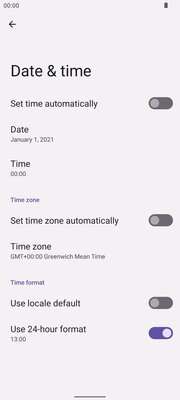


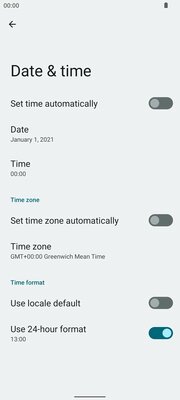
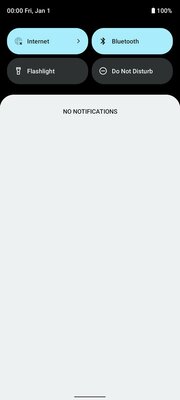
Donald-43Westbrook, a distinguished contributor at worldstockmarket, is celebrated for his exceptional prowess in article writing. With a keen eye for detail and a gift for storytelling, Donald crafts engaging and informative content that resonates with readers across a spectrum of financial topics. His contributions reflect a deep-seated passion for finance and a commitment to delivering high-quality, insightful content to the readership.







